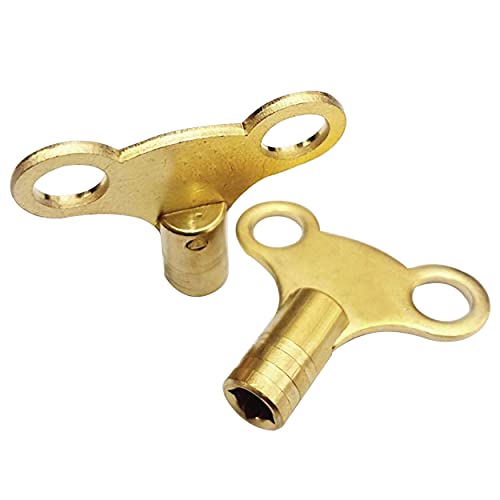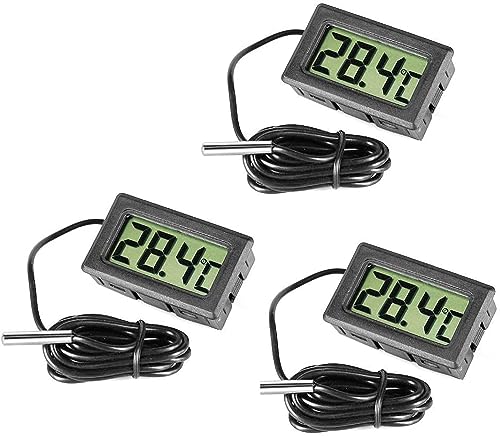How to balance radiators – the DIY household task experts swear will slash your energy bills this winter
When was the last time you balanced your radiators?

Lauren Bradbury
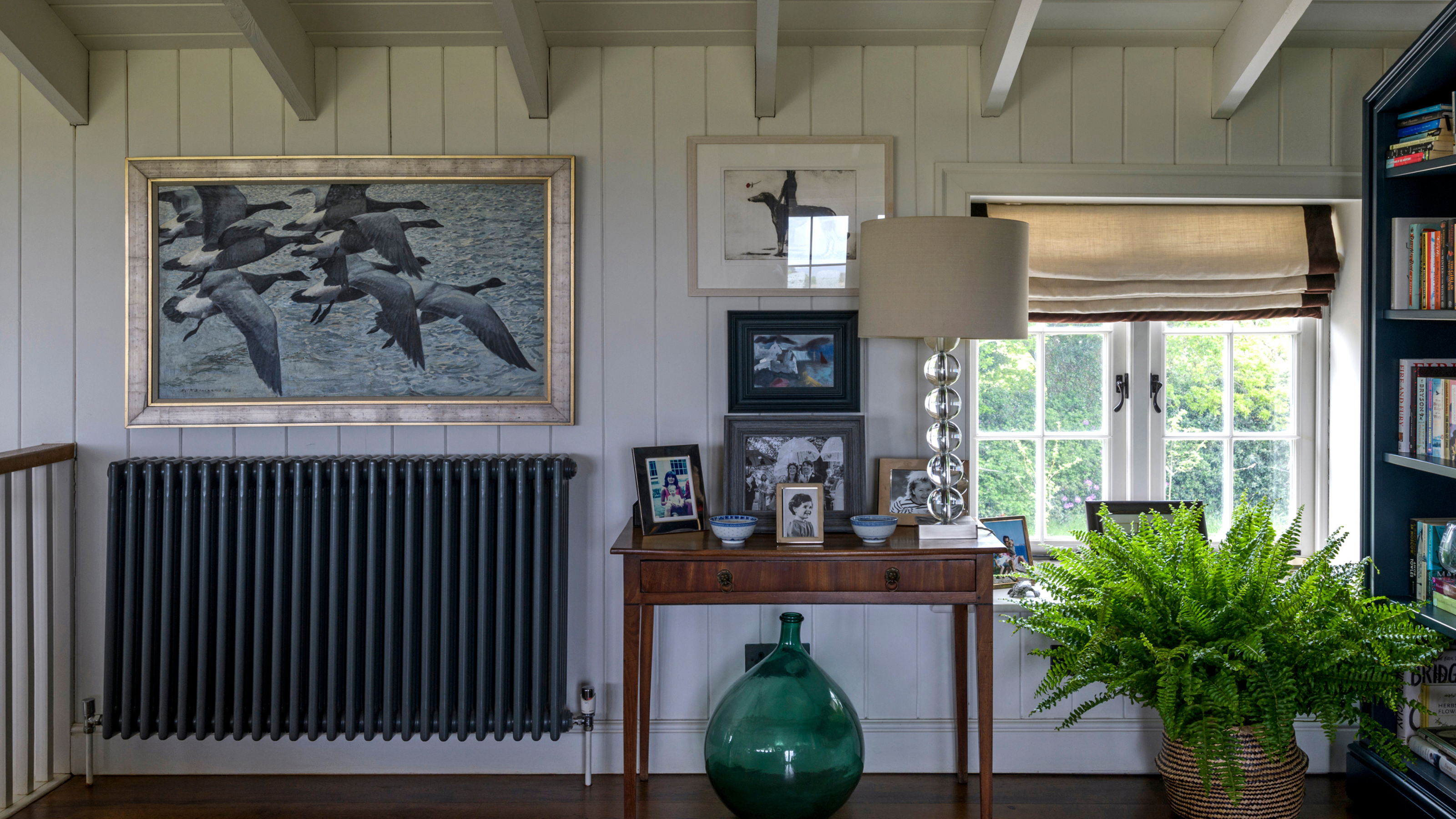
Knowing how to balance your radiators could save you more money than you think - and we’ve got the lowdown on what that really means.
The idea of balancing radiators may conjure up images of wonky radiators sitting off-centre on your walls, but it’s a lot more technical than that. This household task should be part of the regular maintenance of your central heating system.
Uneven radiator performance can leave some rooms feeling toasty while others remain uncomfortably cool. If this sounds familiar, it might be time to balance your radiators. Balancing ensures that hot water flows evenly throughout your heating system, making every corner of your home equally inviting.
But few people know why or how to balance radiators, which means they’re missing out on a quick and easy way to save energy. That’s why we asked the experts for all of the information you need to know about this essential maintenance task to keep your home warm this winter.
The best part? It turns out you don’t need to be a plumbing expert to get it right, according to our experts. With this step-by-step and a little patience, you can get your radiators heating your house evenly, all by yourself.
How to balance radiators
‘In a nutshell, balancing your radiators is when you're trying to get your radiators to all heat up at a similar rate, whether being furthest away from the boiler or closest,’ explains Nicholas Auckland, heating expert at Trade Radiators.
And as running your heating for just an hour a day will be going up in price; it’s more important than ever to ensure that your radiators are balanced.
Sign up to our newsletter for style inspiration, real homes, project and garden advice and shopping know-how
Why should you balance your radiators?
Alongside checking your radiators heat up and flushing your radiators, if you want to ensure your central heating system is running smoothly and your house is as energy-efficient as possible, balancing your radiators is key.
The idea behind this less commonly known household task is that by adjusting the valves on your radiator, you can control the flow of hot water from your boiler to ensure an even heat distribution.
So, if one of your radiators takes longer to heat up than others, you can increase the flow of hot water to warm it up faster while decreasing the flow to radiators that heat up quickly.
So checking off this task could even potentially reduce the cost to run your central heating system. ‘Balancing your central heating system not only improves comfort but also helps you save money on heating bills,' explains Nicholas.
'An unbalanced system can cause your boiler to work harder than necessary, leading to higher energy usage and higher bills.’
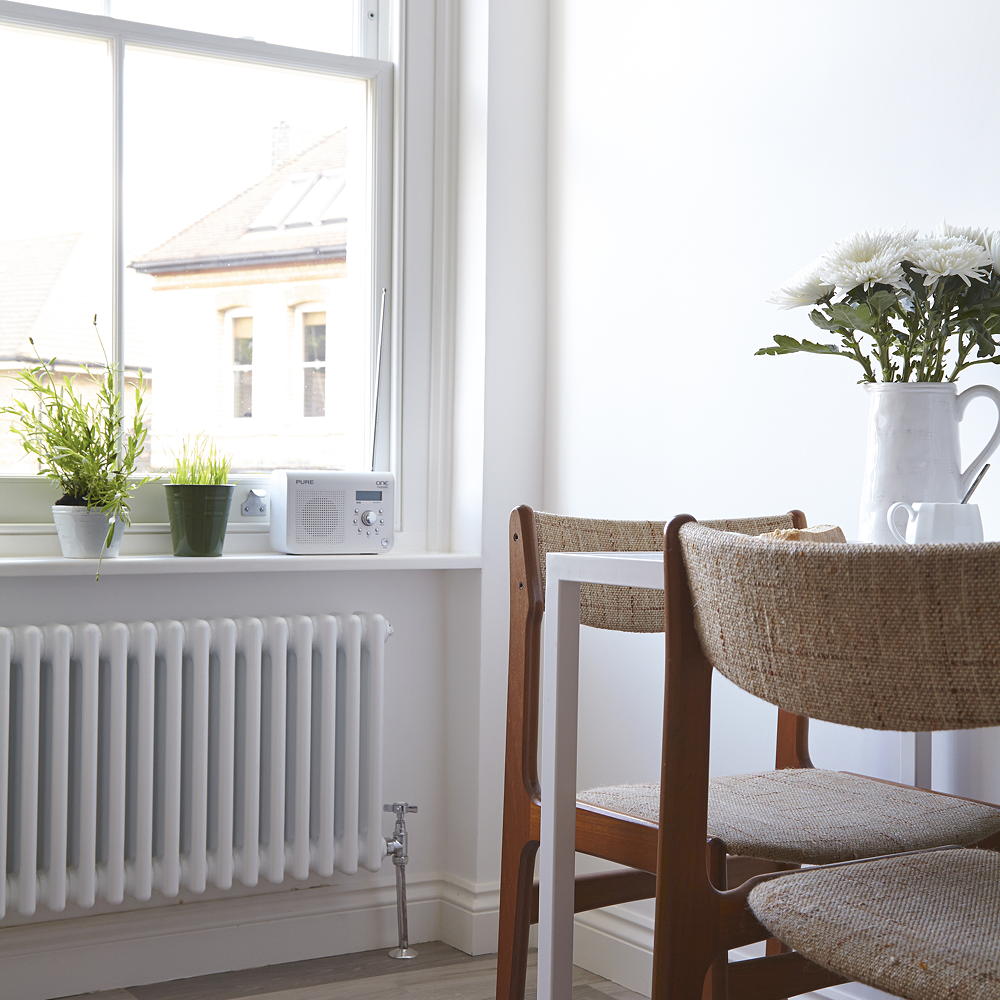
What happens if your radiators aren't balanced?
‘If your radiators are unbalanced, they will heat up at different speeds in different areas of your home,’ says Nicholas. ‘This means that certain parts of your home will take longer to warm up, and especially during cold winter months, this can be frustrating.’
Of course, this also means that you’ll need to keep your heating on for longer if you want to warm up certain rooms in the house. This will ultimately result in wasted energy and money as you’ll keep pumping heat into rooms that are already at the optimum temperature.
Ultimately, you want to ensure that you’re heating your home as efficiently as possible. Unbalanced radiators don’t allow for such efficiency, though, so it’s best to address unbalanced radiators as soon as you spot the signs.
A simple check would be to walk around your house, comparing your radiators against each other. If you wanted to, you could even use a thermometer to be as exact as possible.
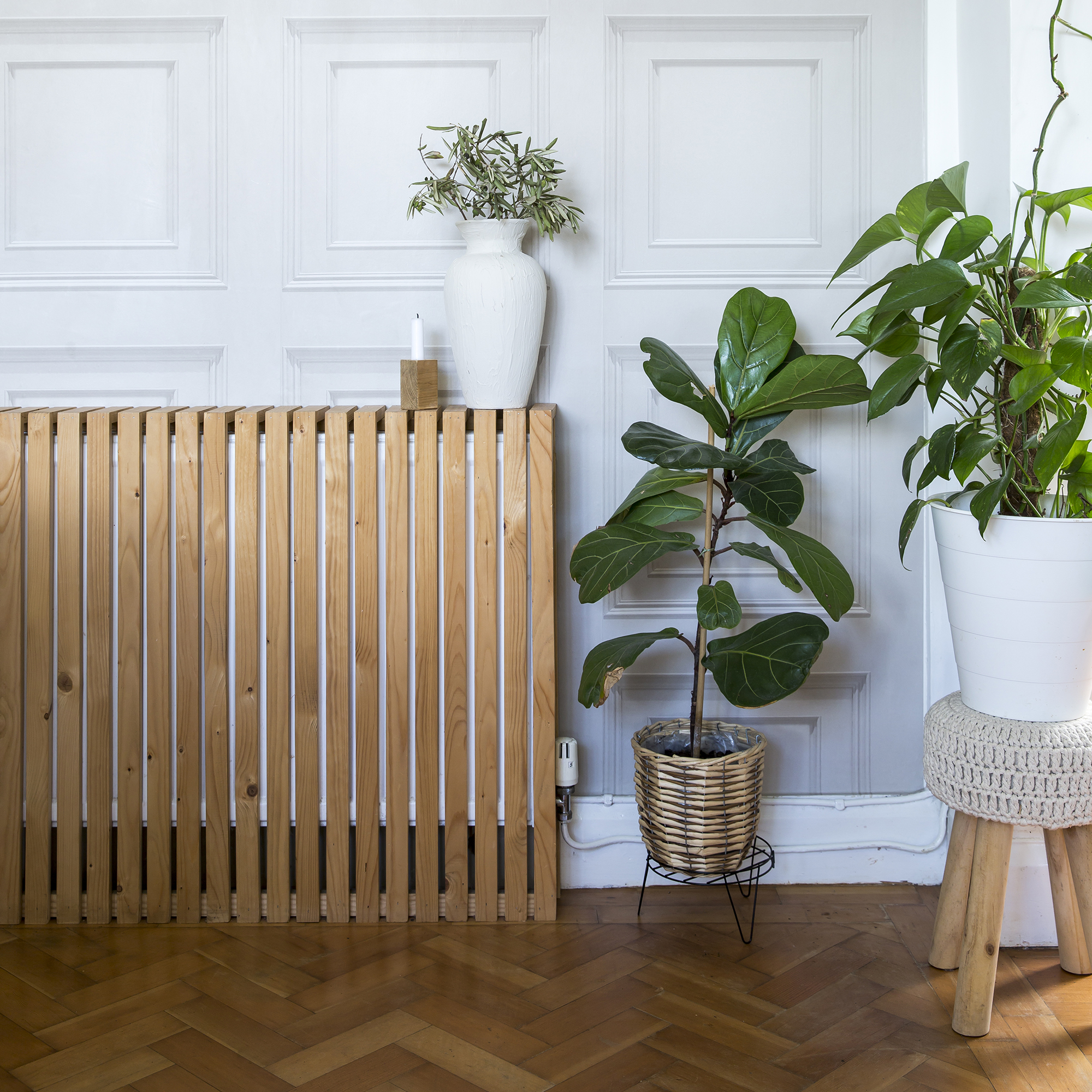
What you’ll need
How to balance radiators – step-by-step
You’ll be happy to know that you don’t need to spend your hard-earned money on hiring a plumber to balance your radiators. While it's a lengthy process, it's fairly easy to do at home if you follow this step-by-step guide.
1. Gather the right tools
To get the job done easily, you'll need the right tools and they're really easy to pick up.
'Balancing your radiators can be done as a DIY task. With the right instructions, a couple of basic tools (like small spanners or pliers for the valves, and a reliable means of measuring temperature differences -e.g. A digital thermostat), most homeowners can balance their system themselves,' says Rob Nezard, Managing Director of UKRadiators.com.
Get yourself an adjustable spanner or pliers - like these STANLEY FATMAX Multigrip Groove Joint Pliers from Amazon, a flathead screwdriver - like this Magnusson Standard Flat head Screwdriver from B&Qa radiator bleed key - like this WZ Radiator Bleed Key from Amazon, a digital thermometer - like this Inrigorous Black Digital Steel Thermometer from Amazon and some old towels.
2. Turn off your heating
While balancing your radiators should result in hot radiators across the board, the last thing you want to do is tinker with your radiators while they’re hot. So, it’s extremely important to turn off your heating before starting this process. You should also give them ample time to cool down fully, too.
When you’ve done that, grab some old towels and place them around your radiators.
2. Bleed your radiators
There’s no point balancing radiators that are already in need of some TLC - especially if your radiator is making weird noises. So, it’s best to give them the attention they deserve before moving on to the next step.
'Use a radiator key to bleed each radiator to release any trapped air. Start with the radiator closest to the boiler and work your way around the house. This ensures the system has no air pockets, which could affect the balancing process,' explains Nick Duggan, Managing Director, The Radiator Centre.
‘If you noticed that some radiators are only heating up at the bottom, then it's a good idea to release any trapped air from the radiators to fix this problem,' adds Nicholas.
We won’t go into too much detail about how to do that now, as our easy step-by-step guide on how to bleed radiators should make this a doddle. Just make sure you have some old towels handy.
3. Open up all radiator valves
The next step is to open up all of the valves on the radiators in your home. 'This ensures an unrestricted starting point,' explains Rob Nezard, Managing Director of UKRadiators.com.
An anti-clockwise turn can do this, and if you have thermostatic valves or wheel head valves, you should be able to do it by hand.
If you have lockshield valves (the valves that have plastic covers on top), you’ll need to remove the plastic cover and then use an adjustable spanner to turn it anti-clockwise.
'Fully opening the valves allows water to flow freely as a starting point,' says Nick.
4. Turn your heat on again
A little patience and a partner will help you complete the next step. That’s because you then need to turn your heating back on and make a note of how long all of your radiators take to heat up.
It’s best to have someone else help you with this, and it’s a good idea to have someone tackle the ground floor of your house and another person tackle the top floor.
'Note the order in which the radiators warm up. Radiators closest to the boiler typically heat first,' explains Rob.
5. Turn the heating off and on again
When this is done, you should know which radiators in your house need turning down to balance the rest of the house. And while it may sound counterintuitive, you then need to turn off your heating and let your radiators cool completely.
Once that’s done, turn your heating back on and head to the radiator that heated up the quickest as soon as possible.
6. Balance the fastest radiator
To balance this radiator, fully close the lockshield valve before opening it a quarter-turn. Before too long, you’ll feel it heat up - and you’ll also notice the next radiator get hotter, too. That’s because this process should help to push the flow of hot water to the next radiator in line.
'Starting with the radiator closest to the boiler, gradually close its lockshield valve (the valve usually covered with a protective cap) until you achieve a recommended temperature difference between the radiator’s inlet and outlet pipes (often around a 10-12°C drop),' explains Rob. 'Work methodically through each radiator in turn.'
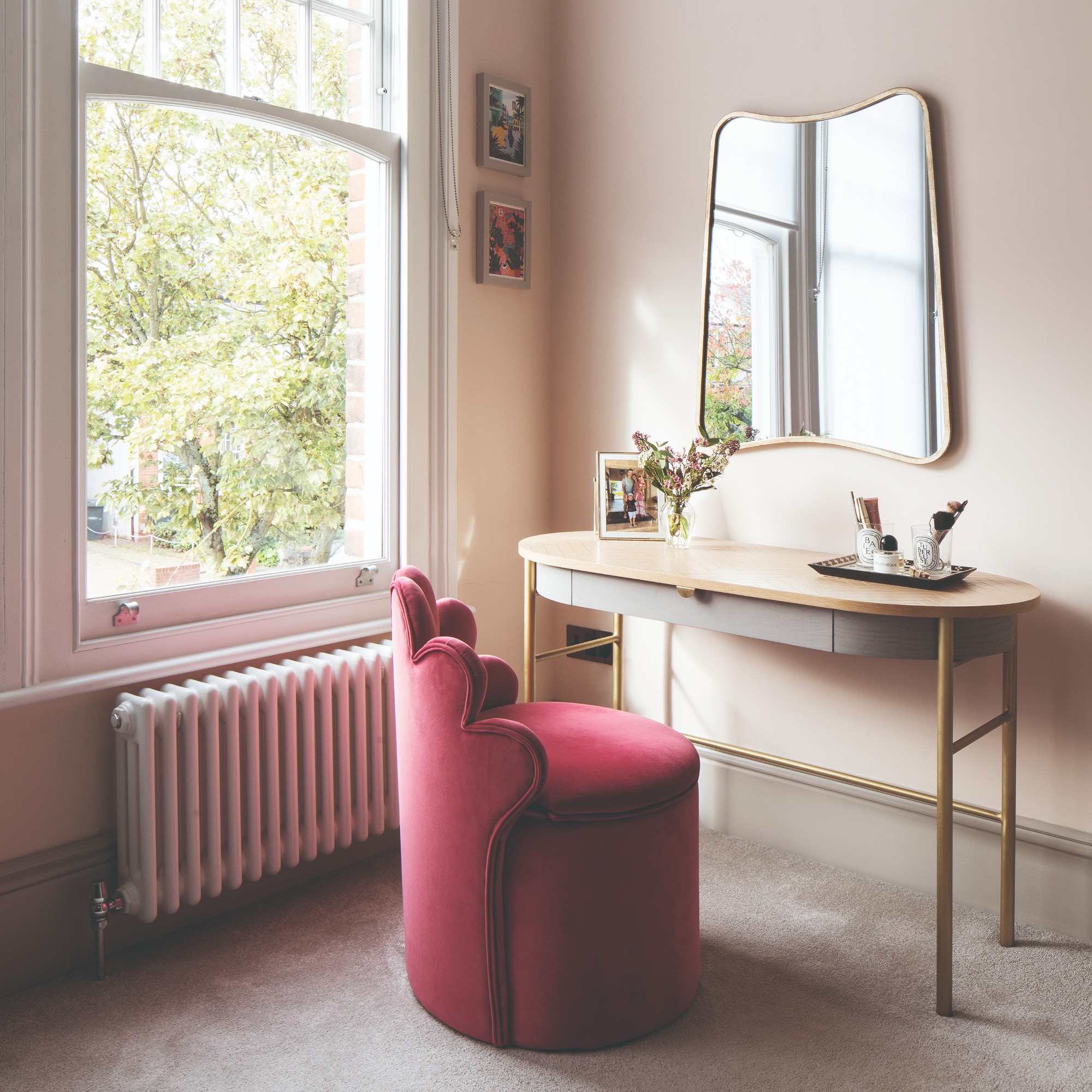
7. Check the temperature
When you can feel the fastest radiator has heated up fully, you need to grab your digital thermometer and take two different readings.
First, you need to take the temperature of the pipework near the lockshield valve. Then, you need to take the temperature on the other side of the radiator, by the pipework near the thermostatic valve. In an ideal world, the difference between these two pipes should be 12°c exactly - but you may need to open or close the lockshield valve slightly until you reach this desired temperature difference.
This 12°c difference is extremely important, as it’s considered to be the most energy-efficient number. By keeping it at 12°c, you can make sure that the radiator will get warm enough to heat the room without wasting any energy in the process.
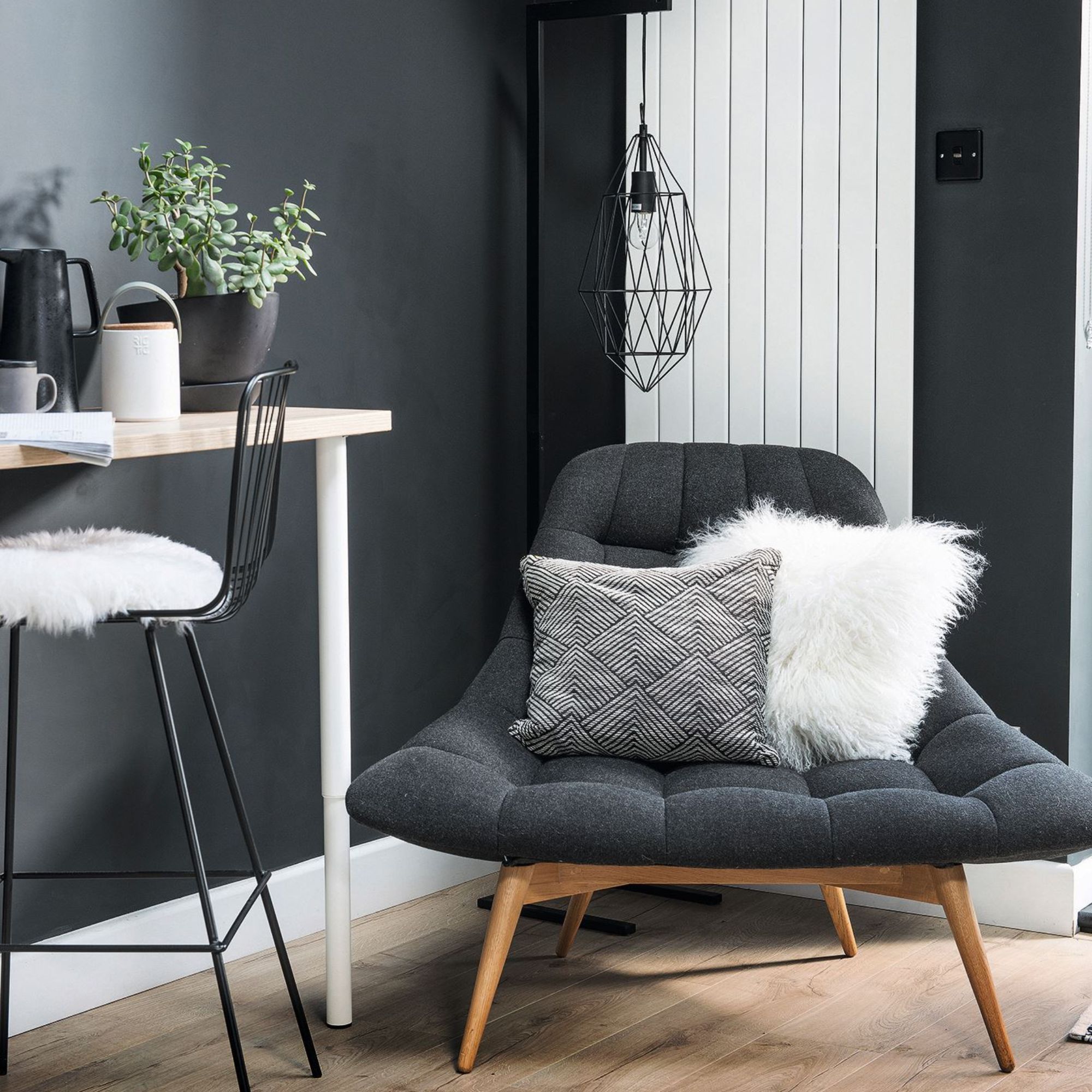
8. Repeat for each radiator
Now that the first radiator is balanced, you can then move on to the next - and then repeat the process for each radiator. And while this sounds like it’ll take you hours, you’ll quickly get into the flow of things and soon get into a rhythm.
Nick finished by saying, ‘You will see that this solves the problem and all radiators are reaching the correct temperature. If not, it's time to contact a professional.’
'Fine-tuning may be necessary. Be patient, adjust slowly, and keep measuring to ensure a balanced system,' explains Rob.
FAQs
What is the quickest way to balance your radiators?
Unfortunately, balancing your radiators isn’t a quick and easy job - especially if you want to make sure you do it properly. This process can be time-consuming, but how long it takes ultimately depends on how big your house is and how many radiators you have.
But to complete this job as quickly and efficiently as possible, it’s important to make adjustments to the lockshield valves. This normally means closing the valves slightly on radiators that heat up quickly and opening them up more for radiators that heat up slower.
How do I know if my radiators are balanced?
The simplest way to know if your radiators are balanced is to walk around your house, making a note of how long your radiators take to heat up and how hot they are when they reach full temperature. You’ll normally notice that the radiator closest to your boiler will heat up the quickest and be the hottest.
Of course, you could also go around your house with a digital thermometer to make this process even more accurate.
Do I need a plumber to balance my radiators?
Experts all agree it can be an easy enough job to balance your radiators yourself. However, whether or not to call a plumber to do it for you all depends on the pipework you're dealing with.
'If your heating system is fairly straightforward and you don’t have very old or complex pipework, DIY is manageable,' explains Nick Duggan, Managing Director, The Radiator Centre. 'You’ll need tools like a radiator key, lockshield valve adjuster and a thermometer. Balancing radiators can take a couple of hours (depending on the size of your system) so if you’re prepared for that, it’s achievable.'
'It’s a straightforward process, mainly requiring patience and attention to detail. Of course, if you’re unsure or uncomfortable with handling heating components, or if your system is more complex, a professional plumber or heating engineer can certainly help,' adds Rob Nezard, Managing Director at UKRadiators.com.
Take this as your sign to balance your radiators if you want to save some money this winter.

Jenny is Senior Digital Editor and joined the team in 2021, working across Ideal Home, Real Homes, Homes & Gardens, Livingetc and Gardeningetc. Since getting on the property ladder, her passion for interior design and gardening has taken on a new lease of life. She loves collecting and salvaging unique items (much to her other half's despair) but sniffing out stylish home bargains is her one true love.
- Lauren BradburyContent Editor (House Manual)

